Fascinating article.
The team that discovered gravitational waves put their data online. Now an independent group of researchers claims that they’ve found what might be a serious problem.
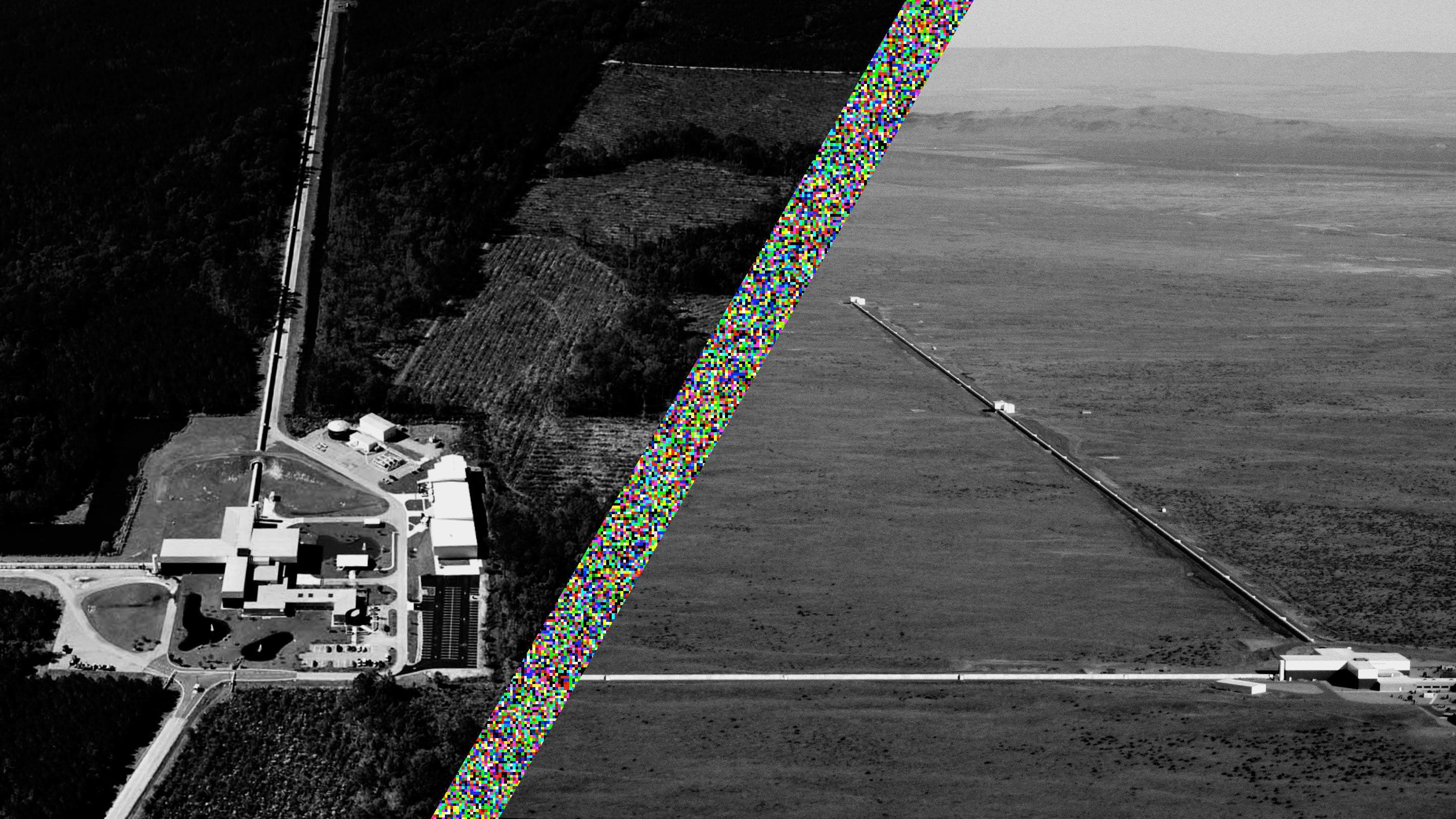
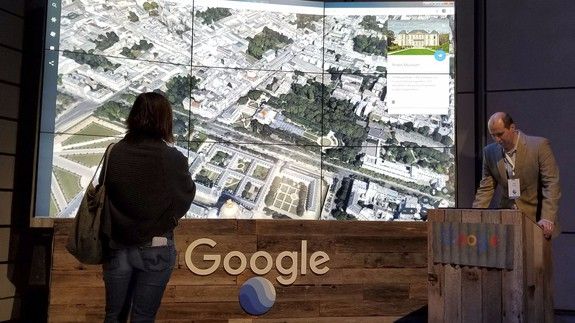
“Google Earth could become your next go-to platform to share a story in the not-so-distant future — but your posts won’t be restricted to a timeline like other, less terrestrially-focused social networks.”
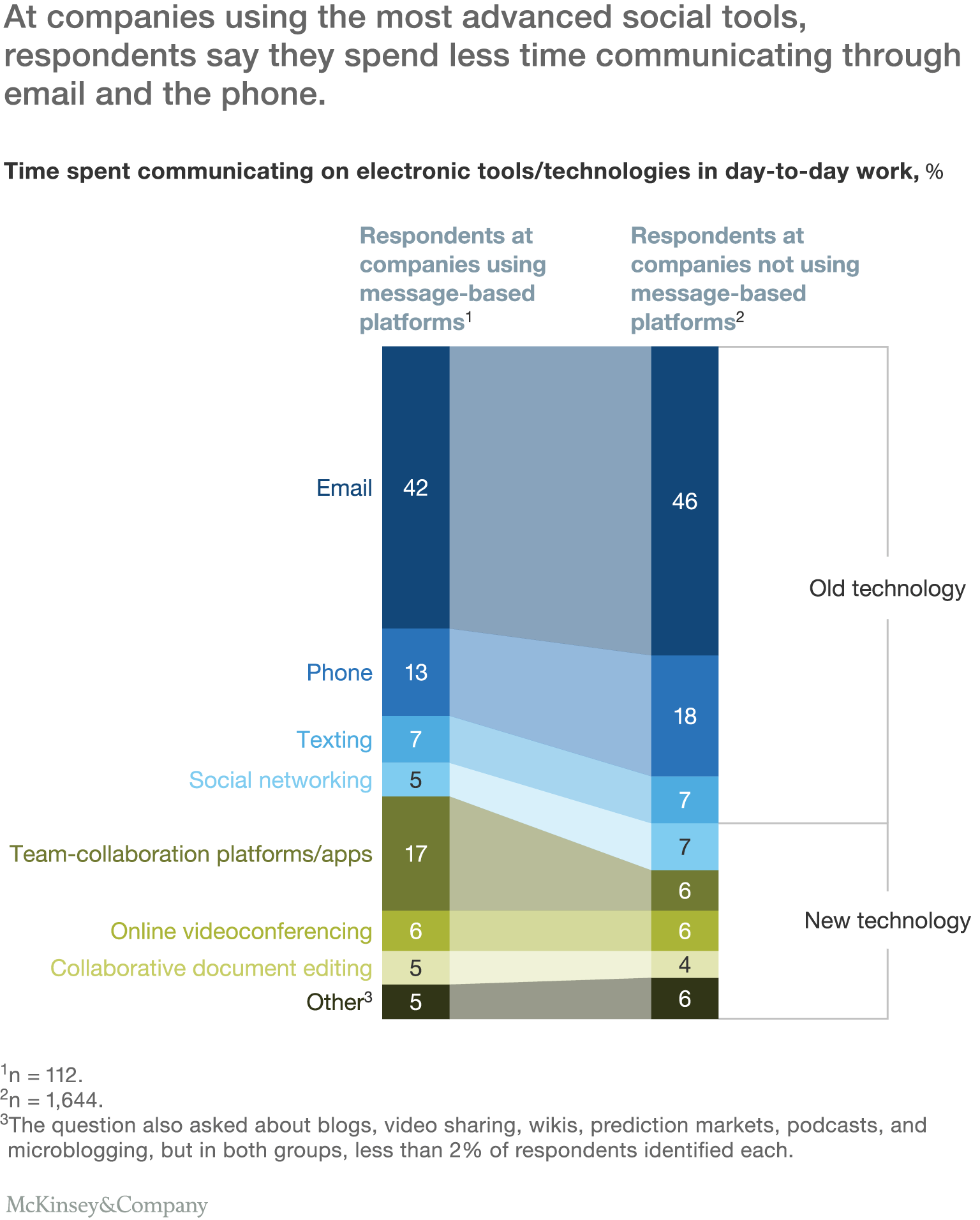
“After nearly a decade of research on the business uses of social technologies, executives say these tools are more integrated into their organizations’ work than ever before—and that the most sophisticated of these tools, message-based platforms, are gaining traction.”
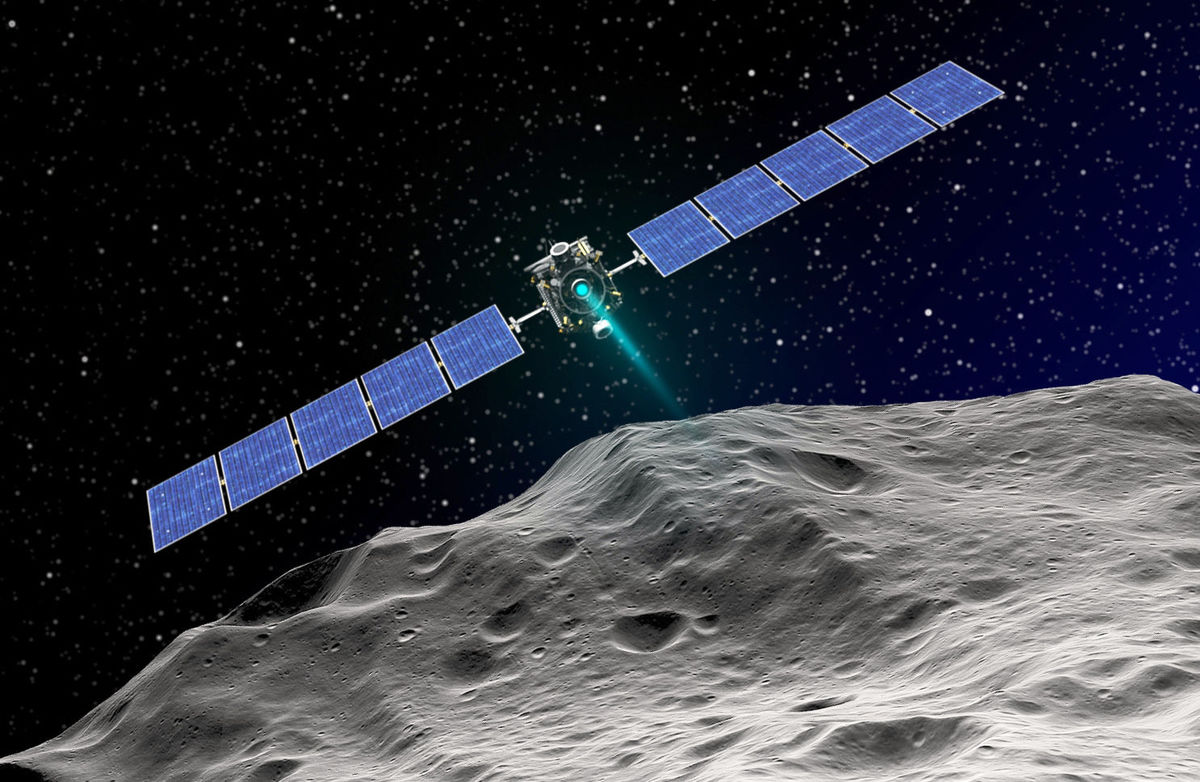
“Should it ever occur, an encounter with interplanetary life will surely reorder our own society in ways that this new SFI initiative suggests that we ought to consider right now.”
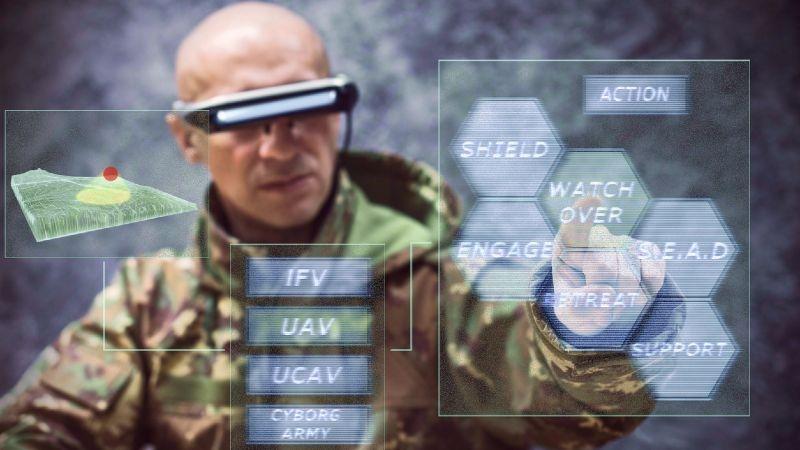
Warfare and technology make the perfect partners of destruction. Military innovations from wooden catapults to nuclear bombs have been transforming the way war is waged since prehistoric humans carved arrows from stones some 10,000 years ago.
The visions of futurists don’t always match the experiences of military personnel, but the battlefields of the future will bear little resemblance to the war zones of today.
The future of technology in warfare: From AI robots to VR torture.
Geopolitical developments have raised fears of another world war. Technological advances mean it should at least be over quickly.

The world’s most populous nation suffers from a shortage of medical practitioners, with the World Health Organisation estimating there are only 1.5 physicians available for every 1,000 people, compared with 2.4 in the US and 2.8 in the UK. That has led to deteriorating work conditions for doctors and radiologists who constantly work overtime to process huge amounts of patient data. As a consequence, the error rate is high.
Alibaba Health unveiled this week its first artificial intelligence service for disease diagnosis, offering hope that advanced technology will alleviate the workload of mainland Chinese physicians in a nation suffering from an acute shortage of doctors.
The AI solution, called Doctor You, can be used for medical image diagnosis of CT scans to identify inflammatory cells in human organs, which can be an early indicator of cancer.
“It will soon serve as an assistant to physicians at a number of hospitals in the country,” said Ke Yan, a vice president with Ali Health, adding that the technology could lower error rates and improve efficiency.
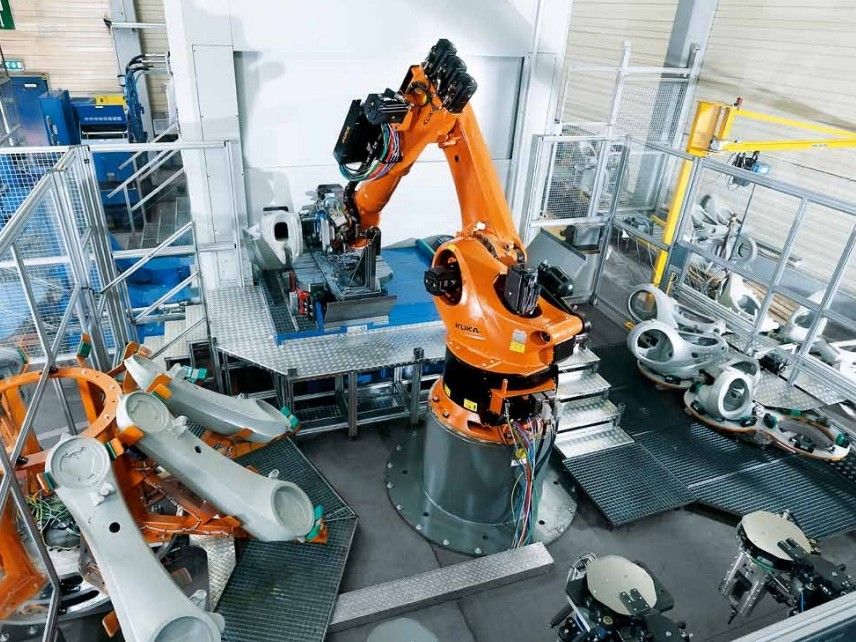
My work is featured in Reason today via a review on book Radicals, which opens with a controversial chapter on my transhumanist presidential run: http://reason.com/blog/2017/07/12/theres-no-harm-in-fantasizing-about-a-be #transhumanism
In Radicals Chasing Utopia, transhumanist enthusiasm gets a bad rap.

AI is being used for much more than many realize. In fact, particle physicists are currently pushing the limits of our understanding of the universe with the help of these technologies.
Many might associate current artificial intelligence (AI) abilities with advanced gameplay, medical developments, and even driving. But AI is already reaching far beyond even these realms. In fact, AI is now helping particle physicists to discover new subatomic particles.